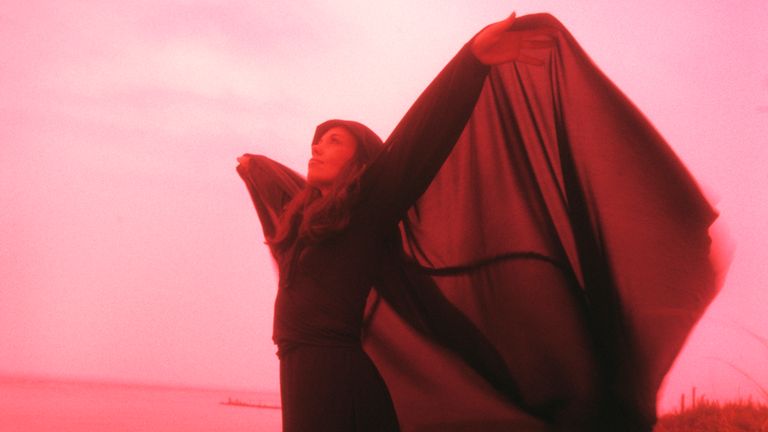The Spellbinding History Of Witches’ Clothing
What do you see when you picture a witch? Black robes and a pointed hat, long nails, a broomstick, and perhaps green skin like the Wicked West of the West. This archetypal image of a witch has become engrained in our culture, but where exactly does it come from? The witchy aesthetic, with its strange and fascinating history, has evolved over centuries. So grab your cauldron, your cape, and your black cat; we’re going on a spooky journey through time — from the dark Middle Ages and the Salem Witch Trials to the modern-day styles of Charmed and Practical Magic.
Once upon a time…
Before witches wore black robes and pointy hats, they wore nothing at all. Yep, some of the earliest depictions of witches — artwork created from around the 14th to the 17th centuries — present them completely in the nude. Back then, it was believed that these were women who’d slept with the Devil.
These witches were drawn as naked to show just how devious, wicked, and outside of normal society they were. If the nude witch was beautiful, that was all the more reason to fear her: she was a seductress!
Lasting rituals
Hundreds of years later, witchcraft and nudity are still very much connected; some modern-day witches like to practice rituals in the nude. Take the case of Sonia Rincon, a self-described witch from Valencia, Spain.
“When you are practicing witchcraft and Wicca — a contemporary Pagan religious movement — you work naked, so you are totally natural and have nothing to hide,” she told the Daily Mirror back in 2018. "We only conduct rituals naked when we’re inside, though. We aren’t exhibitionists and we don’t want to get cold.”
Shakespeare’s witches
We have to look to the 17th century for one of the most famous depictions of witches ever: the “Weird Sisters” in Shakespeare’s Macbeth. In the play, these three witches manipulate the mortal men around them and lead them to ruin. They are described as ugly and fearsome.
They look “not like th' inhabitants o' th' Earth,” and they even have beards, though most adaptations tend to leave them out. They also control the weather, slay animals, and use human body parts in their potions — all things that “real” witches were thought to do at that point in history.
Unlucky women
It was during this period of human history that witches were most associated with ugliness. If, back then, you were a poor, unmarried woman who wasn’t blessed with good looks, you likely lived in fear every day that someone would accuse you of witchcraft.
And you’d have had very good reason to be afraid. Between the 14th and 17th centuries, countless women were tortured or put to death because they were believed to be witches. It was a truly dangerous and difficult time to be alive for women.

